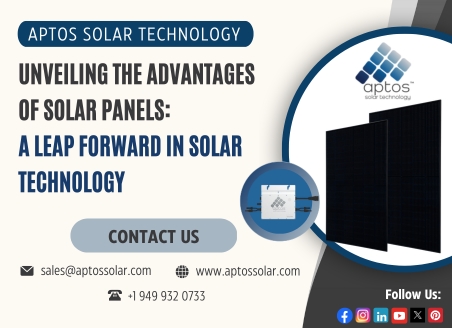Unveiling the Advantages of Solar Panels: A Leap Forward in Solar Technology

Introduction:
In recent years, the field of solar energy has witnessed remarkable advancements, with researchers and engineers constantly striving to enhance the efficiency and performance of solar panels. One notable breakthrough in this regard is the development of P-Type PERC (Passivated Emitter Rear Cell) solar panels. These innovative solar modules have gained considerable attention for their ability to significantly improve energy conversion rates and overall solar power system performance. In this blog post, we will delve into the world of P-Type PERC solar panels, exploring their technology, advantages, and the impact they can have on the renewable energy landscape.
Understanding P-Type PERC Technology:
P-Type PERC solar panels represent a ground breaking evolution in photovoltaic technology. Unlike traditional solar cells, these panels incorporate a passivated emitter rear contact (PERC) design, optimizing the flow of electrons within the cell structure. The key component of this technology is the passivation layer on the rear side of the solar cell, which mitigates recombination losses and enhances the cell’s overall efficiency.
Advantages of P-Type PERC Solar Panels:
- Increased Efficiency: P-Type PERC solar panels boast higher energy conversion efficiencies compared to their predecessors. The passivation layer minimizes electron recombination, allowing more electrons to contribute to the generation of electrical current. As a result, these panels can convert a greater percentage of sunlight into electricity, maximizing energy output.
- Improved Low-Light Performance: One of the remarkable features of P-Type PERC solar panels is their enhanced performance under low-light conditions. The passivated rear surface reduces the impact of shadows and indirect sunlight, ensuring consistent energy production even during cloudy or partially shaded periods. This makes them particularly suitable for regions with unpredictable weather patterns.
- Extended Lifespan: The passivation layer not only enhances efficiency but also provides a protective barrier against environmental factors, thereby increasing the longevity of the solar cells. P-Type PERC panels tend to have a longer operational life compared to traditional solar panels, contributing to a more sustainable and cost-effective solar energy solution.
- Temperature Tolerance: P-Type PERC technology exhibits improved temperature coefficients, meaning the panels can maintain higher efficiencies at elevated temperatures. This is crucial in hot climates where solar panels often experience reduced performance due to increased temperatures. The enhanced temperature tolerance makes P-Type PERC solar panels a reliable choice for a broader range of geographical locations.
- Compatibility with Bifacial Technology: P-Type PERC solar panels can be combined with bifacial technology, allowing them to capture sunlight from both the front and rear sides. This dual-sided absorption capability further boosts energy yield, especially in environments with reflective surfaces like snow or white rooftops.
Conclusion: Aptos solar panels were successfully tested under UL61730 standards which includes the following tests – Thermal Cycle, Damp Heat, and Degradation Tests.
The advent of P-Type PERC solar panels represents a significant leap forward in the realm of solar energy technology. Their enhanced efficiency, improved low-light performance, extended lifespan, temperature tolerance, and compatibility with bifacial technology make them a compelling choice for both residential and commercial solar installations. As the world continues its transition towards cleaner and more sustainable energy sources, P-Type PERC solar panels are poised to play a pivotal role in shaping the future of solar power generation. Embracing these advancements not only contributes to a greener planet but also positions individuals and businesses at the forefront of a rapidly evolving and more efficient solar industry.

Your writing style is so engaging and easy to read It makes it a pleasure to read your blog and I always look forward to your new posts
obviously like your website.